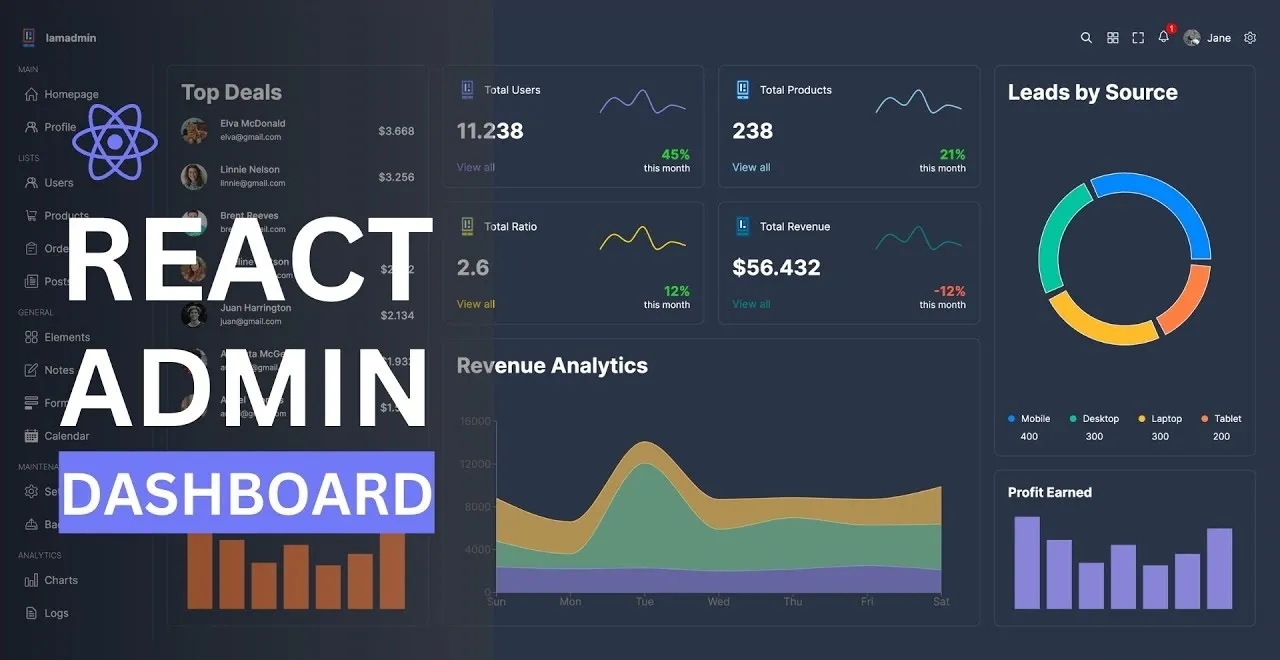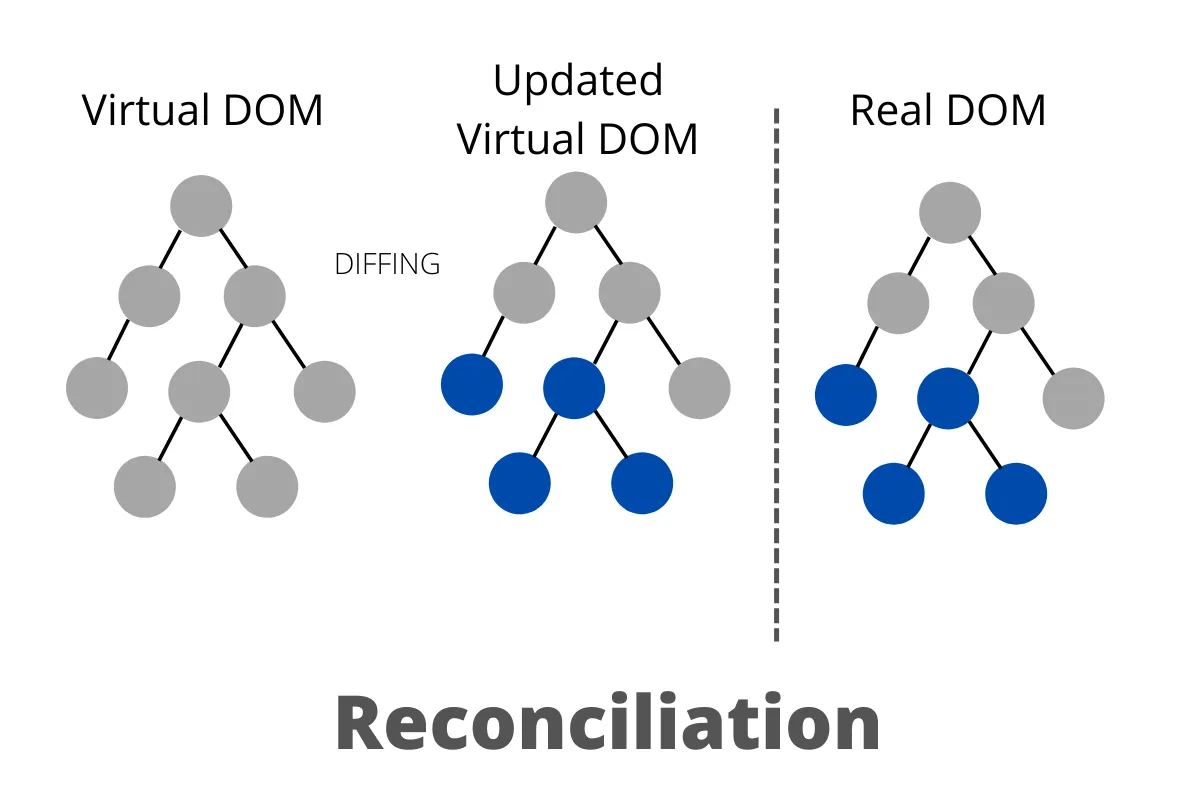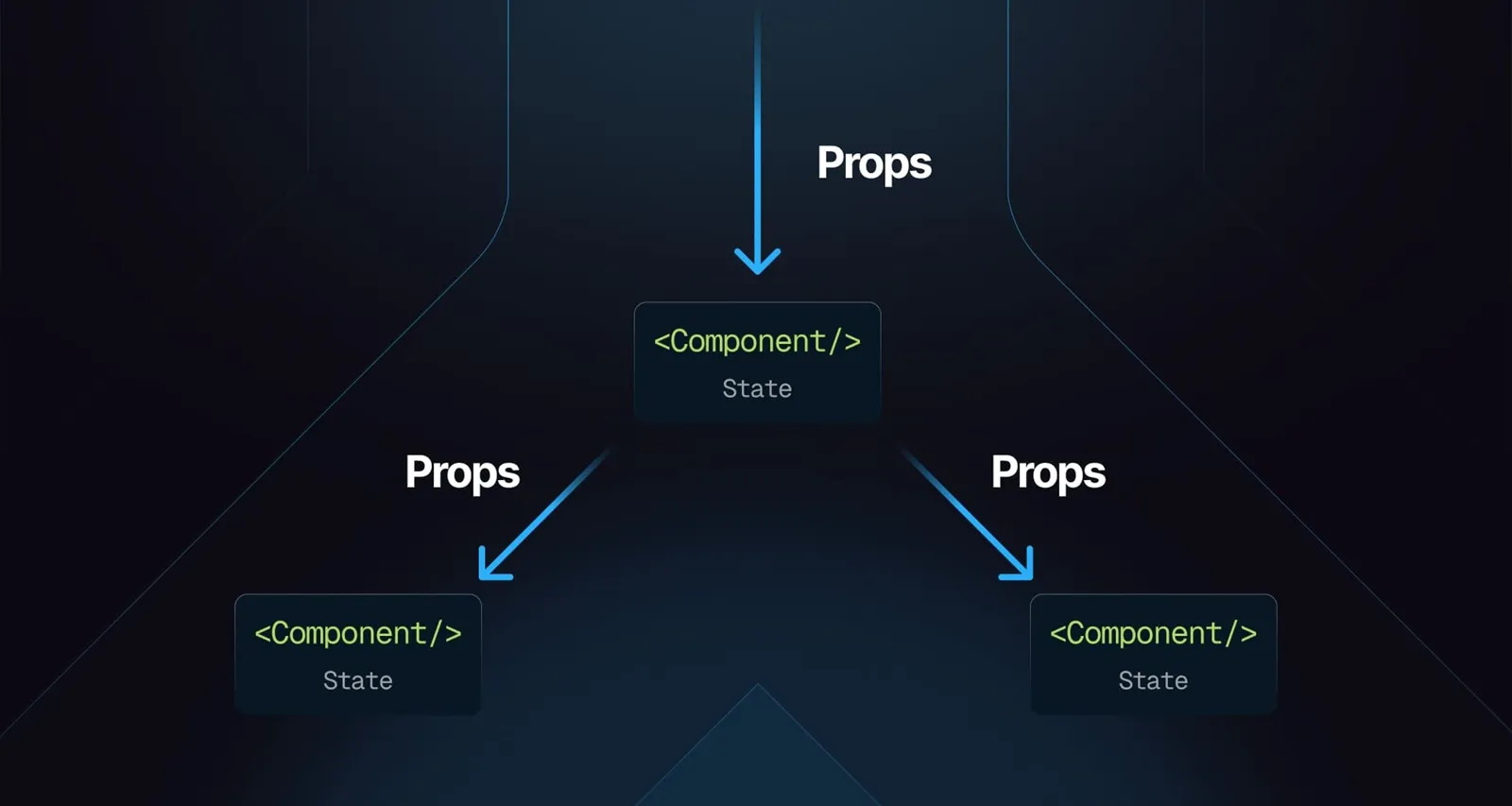If you’re stepping into the world of web development, or simply curious about the technology behind smooth websites like Facebook, Instagram, Netflix, etc., you’ve probably heard of React. So what is React, and why is it so influential?

This article will help you decode everything about React in the most intuitive and easy-to-understand way, from the basics to why it has become the "king" of user interface development.
What is React? A Simple Explanation
React (or ReactJS) is an open-source JavaScript library developed by Facebook (now Meta), specialized for building user interfaces (UI).

Let’s break down this definition:
- JavaScript Library: React is not a full-fledged framework like Angular or Vue.js. It focuses on one thing and does it well: building UIs. This means you’re free to choose other tools and libraries to combine with React, creating a flexible tech stack as you wish.
- Building User Interfaces: This is React’s core. Its main job is to display data on the screen and manage the UI state as data changes. In other words, React is responsible for everything users see and interact with on your website.
- Open-source and developed by Meta: This brings reliability and ensures a huge, active community that constantly updates, fixes bugs, and creates a rich ecosystem around React.
Why Was React Created? The Problems of the Past
To understand React’s value, let’s look at how websites were built before. When a small part of a page needed updating (e.g., a new "like" count), developers had to write code to find that exact element and change it directly. For complex apps like Facebook, with thousands of elements changing constantly, this approach became slow, messy, and error-prone.
Facebook created React to solve this. They needed a way to build complex interfaces that could update data efficiently without reloading the whole page, while keeping code organized and maintainable.
The "Magic" of React: Core Concepts
React’s power comes from a few revolutionary concepts. Once you understand them, you’ll see why React is so effective.
1. Components – The Magic LEGO Bricks
This is React’s main philosophy. Instead of thinking of a web page as a giant HTML block, React encourages you to break the UI into independent, reusable pieces called Components.
- A
Buttonis a Component. - A
SearchBaris a Component. - A
UserProfilecan contain smaller Components likeAvatar,UserName,FollowButton.

This approach is just like playing with LEGO. You build small bricks and assemble them into a big model. This makes your code easy to manage, reusable, and testable.
2. JSX (JavaScript XML) – Writing HTML in JavaScript
At first glance, JSX may look strange, but it’s one of React’s best features. JSX lets you write code that looks like HTML right inside your JavaScript files.
For example, instead of writing complex code to create an <h1> tag:
// Traditional way
const heading = document.createElement('h1')
heading.textContent = 'Welcome to React!'
document.getElementById('root').appendChild(heading)
With JSX, you just write:
// With JSX in React
const element = <h1>Welcome to React!</h1>
JSX makes it easy to visualize your UI structure within your logic, making code much more intuitive and readable.
3. Virtual DOM – Amazing Performance
This is the "secret weapon" behind React’s high performance.
- Real DOM: The tree structure of all elements on a web page. Directly changing the real DOM is slow and resource-intensive.
- Virtual DOM: React creates a copy of the real DOM in memory, called the Virtual DOM. When a Component’s state changes, React updates this Virtual DOM first.
- Reconciliation: After updating the Virtual DOM, React compares it with the previous version to find the minimal differences. Finally, it only updates exactly what changed on the real DOM.

Imagine fixing a typo in a 1000-page book. Instead of rewriting the whole book, you just find and fix that sentence. Virtual DOM works similarly, making React apps extremely fast and smooth.
4. One-Way Data Flow
In React, data flows in only one direction: from parent Component to child Component.

This makes data flow predictable, easy to track, and much easier to debug than complex two-way data flow models.
Why Should You Choose React?
Here are the most convincing reasons to start learning React today:
- High performance: Thanks to Virtual DOM, React apps deliver fast and instant user experiences.
- Component mindset: Helps you build large systems in an organized, maintainable, and scalable way.
- Huge ecosystem: You have everything you need:
- React Native: Build mobile apps for both iOS and Android with a single codebase.
- Next.js: A powerful framework for building SEO-optimized and high-performance React apps.
- Redux, MobX: State management libraries for complex apps.
- Countless UI component libraries (Material-UI, Ant Design, Shadcn,...) and other supporting tools.
- Strong community and high demand: With Meta’s backing and millions of developers worldwide, you’ll never lack learning resources, support, or especially job opportunities.
How to Get Started with React?
- Master the basics: Make sure you have a good grasp of HTML, CSS, and modern JavaScript (ES6+). This is a prerequisite.
- Learn the core concepts: Focus on understanding Components, JSX, State, and Props.
- Start a project: Use tools like
Create React ApporViteto quickly set up a React project without worrying about complex initial configuration. - Practice: The best way to learn is by building projects. Start with a small app like a To-do list, calculator, or a simple portfolio page.
Conclusion: React is a Revolution
React is not just a library; it’s a revolution in how we think about and build user interfaces. By providing a component-based model, outstanding performance with Virtual DOM, and a strong ecosystem, React has shaped—and continues to shape—the future of the web.
If you’re looking for a technology to build modern, interactive, and efficient web interfaces, React is the answer you can’t ignore. Wishing you an exciting journey with these magical LEGO bricks!
![[React Basics] What is React Router? Complete Guide for Beginners](/images/blog/react-router-thumbnail.webp)
![[React Basics] Dynamic Routes in React: The Secret to Building Flexible Apps](/images/blog/dynamic-routes-in-react.webp)
![[React Basics] The Most Effective Way to Build Nested Routes in React](/images/blog/nested-routes-in-react.webp)